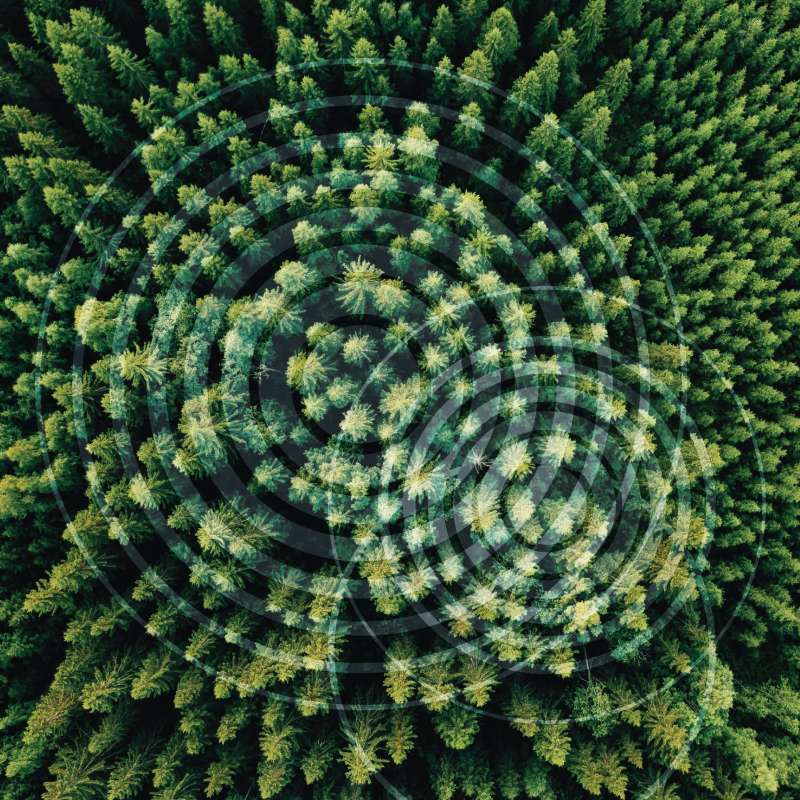Carolin Fischer
Avdelingsleder/forskningssjef
Lenker
Linked inBiografi
Carolin has a Bachelor and Master in Forest Sciences and Wood technology from the Technical University (TU) in Munich.
She gained her PhD with the topic “Density and bending properties of Norway spruce structural timber – Inherent variability, site effects in machine strength grading and possibilities for presorting” in 2016 from the Norwegian University of Life Sciences (NMBU).
Carolin is the Head of Department for Forest Operations and Digitalisation at NIBIO. Her research work focuses on traceability along the forest value chain and wood quality evaluation early in the wood production chain. Her work includes also the coordination of SmartForest, a senter for research driven innovation (SFI), led by NIBIO.
Sammendrag
Det er ikke registrert sammendrag
Sammendrag
Det er ikke registrert sammendrag
Sammendrag
Det er ikke registrert sammendrag

